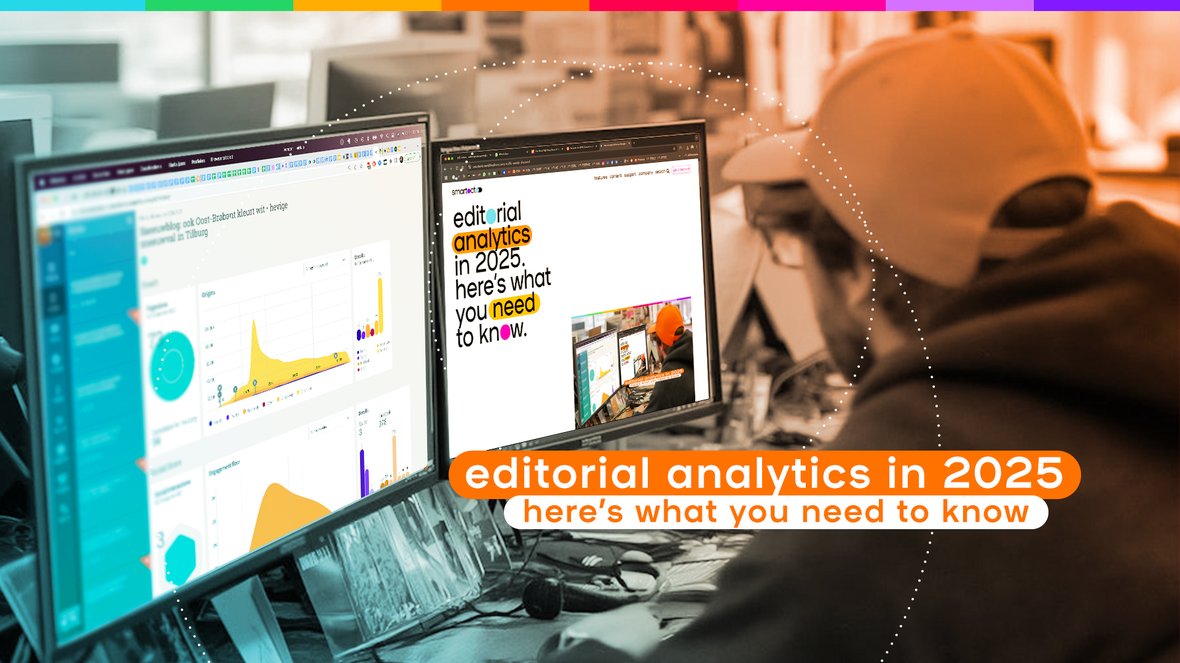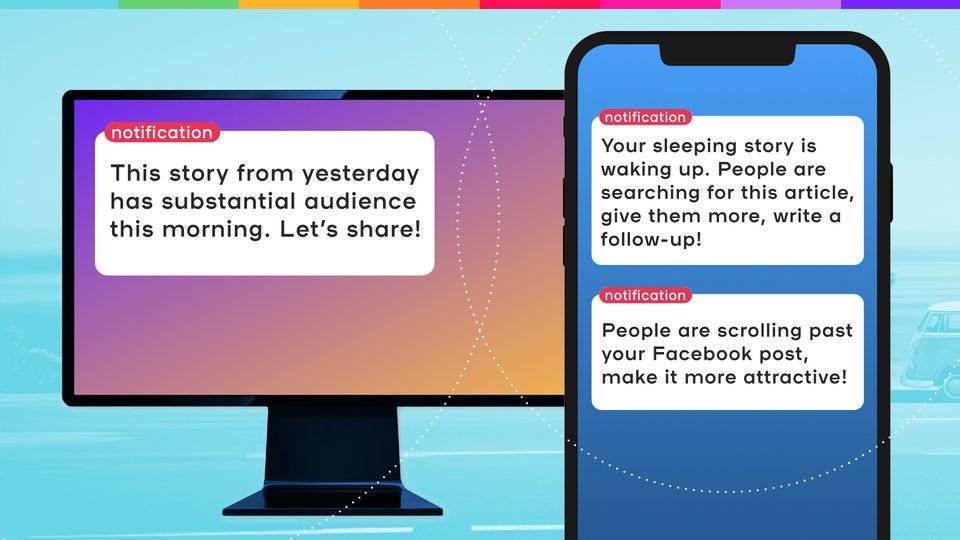Ten years after the founding of smartocto seems like a good moment to take stock of where we stand. What should an editorial analytics solution look like in 2025?
We think they should be organised around five key requirements: to be user-friendly, responsive, goal-driven, customisable and actionable. Now the technology has caught up with the vision, analytics should be part of the story life cycle: there to help you improve, iterate and optimise.
Data is just one part of the process. The other part is the newsroom’s goal. That space between leaves room for insight, notifications and actionable prompts. This is where the real value is - and this is what any analytics solution worth its salt should be doing in 2025.
Is it User-Friendly?
There’s absolutely no reason why editorial analytics in 2025 should feel like a chore. This isn’t 2005. It’s not even 2015. We’ve come a long way.
- A better user experience means you’re more likely to use your editorial analytics tool, thus getting better value for money. And, the more you use something, the better you’ll get at using it, thus increasing efficiency even further.
- Data can be presented in a way that’s simplified, but never simplistic. You don’t need all the data in the world, you just need the information pertinent to you and your role. If you know you’re getting the curated numbers you need, it won’t feel like a slog.
- And, at the risk of labouring the point even further, if data is presented in chart, quadrant or is otherwise clearly visualised, you’ll be able to better discern patterns, tendencies or sudden changes in performance.





